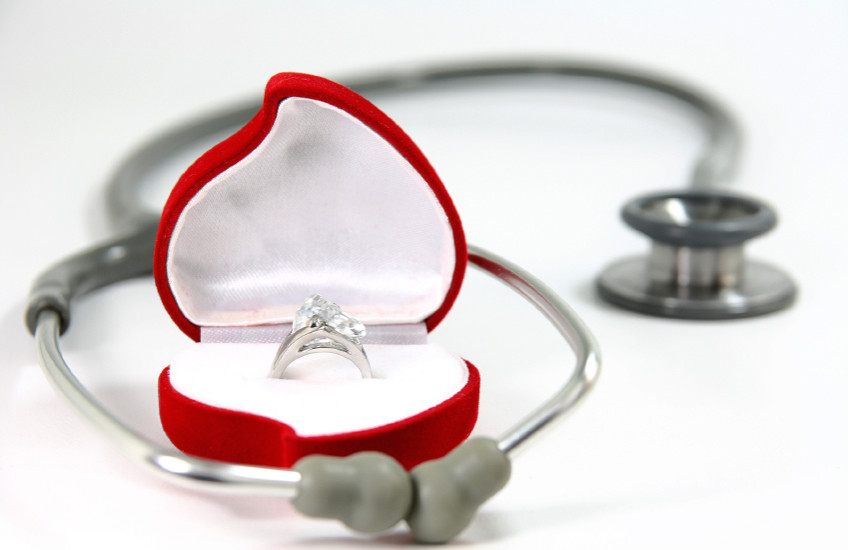The largest investigation of divorce rates among physicians has made what may be a surprising finding: Physicians are actually less likely ever to be divorced than people in other occupations, including lawyers, nurses and other health care professionals.
The study, published online in The BMJ (formerly The British Medical Journal), did find that female physicians had a greater likelihood of being divorced than did male physicians, particularly those female physicians who worked longer hours.
Get more Harvard Medicine news here.
“It’s been speculated that doctors are more likely to be divorced than other professionals because of the long hours they keep and the stress associated with the job, but no large-scale study has ever investigated whether that is true,” said Anupam Jena, HMS assistant professor of health care policy and medicine at Massachusetts General Hospital and senior author of the report. “We found that doctors have among the lowest rates of divorce among health care professionals. For those entering medicine who are concerned about how their career choice might impact their personal lives, our findings should be reassuring.”
Previous studies finding higher divorce rates among physicians were conducted in small, non-representative samples, some at a single institution, the authors noted. Those studies were published three or more decades ago; since then, the overall U.S. divorce rate has dropped more than 25 percent. To get a more complete picture of how the divorce rate among physicians compares with that of other occupations, Jena and his coauthors analyzed data from the American Community Survey, an annual survey of around 3 million households conducted by the U.S. Census Bureau.
Survey results from 2008 through 2013 included responses from more than 40,000 physicians; 200,000 other health professionals—dentists, pharmacists, nurses and health care executives; and more than 6 million other adults who reported currently being employed and ever being married. While 24 percent of physician respondents had ever been divorced, the probability of being divorced was 25 percent among dentists, 31 percent among health care executives and 33 percent among nurses. Only pharmacists, at 23 percent, were less likely than physicians to have been divorced. Lawyers had a 27 percent probability of being divorced, and in all non-health-care occupations, the probability of ever being divorced was 35 percent.
Female physicians were approximately one-and-a-half times more likely to be divorced than male physicians of a similar age. And while female physicians who reported working more than 40 hours per week had a higher probability of ever being divorced than did those working fewer hours, the apparent impact of hours worked on divorce incidence was the opposite for males, among whom working more than 40 hours a week was associated with a lower incidence of divorce.
“We believe that the higher incidence of divorce among female physicians stems from the greater tradeoffs they are forced to make to achieve work/life balance,” said lead author Dan Ly, HMS clinical fellow in medicine at Mass General. “More research is needed to understand whether that interpretation is indeed accurate, and if it is, what can be done to help with work/life balance.”
The study was supported by an NIH Director’s Early Independence Award 1DP5OD017897-01 to Jena.
Adapted from a Mass General news release.



